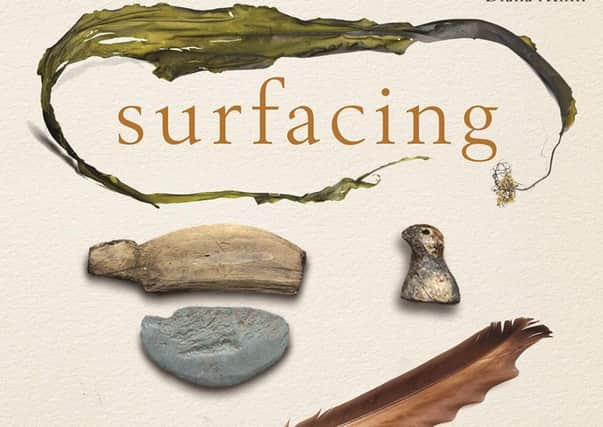Book review: Surfacing, by Kathleen Jamie


It would be wrong. There is unity here. This is not just a collection of pieces thrown together in sufficient number to make a book. Even the one essay that does not immediately seem to have a connection to the others – a marvellous picture of a journey to the edge of Tibet at the time of the Tiananmen Square repression in Beijing – does in fact belong. Jamie is concerned with the worlds we have lost, barely remember, yet seek to recover, and the world we have made and are in danger of destroying.
In a couple of generations the Yup’ik people on the northern edge of the world, where Jamie spends a summer with archaeologists, have been severed from their past – a past which still survives in living memory and regrets. Working on the archaeological dig in Westray, itself threatened with closure for financial reasons, she asks a woman working in a café who has been reminiscing about the farming life of her childhood if she would like to go back to these days, and is met with a firm “No, I would not.” The past slips away even as she taps the wifi code into her laptop and reflects:
Advertisement
Hide Ad“We all know it. We can’t go on like this, but we wouldn’t go back either, to the stone ploughshare and the early death. Maybe that’s why the folk here don’t embrace their Neolithic site much. It’s still too close to the knuckle.”
It’s cruel evidence of how what was once a living culture can be buried. Our modern world with its marvellous world wide web is an incident in the Earth’s history, a mere speck in time.
One of the archaeologists complains that the people of Orkney aren’t interested in their Neolithic predecessors. They prefer the Vikings. Why? “Because they won.” But they’ve gone too, centuries ago. As George Mackay Brown once said to me, with a note of sadness in his voice, “there’s not a lot of Viking blood left in Orkney now, you know.”
On the fringe of Tibet, denied entry to what is again forbidden territory, Jamie is witness to a culture being destroyed. She meets three Chinese art students, “in love with the world and each other, imaginative and brave… who said they were fighting the government with beauty.” What has become of them? Now, years later, repression continues: “recently a spate of self-immolations spread to Labrang/Xiahe. There are pictures on the internet of a body in flames by the monastery wall. Of monks rising in protest, soldiers on the street.”
Yes, there is unity here in this book of meditation. We know more today of the history of our world, its geological and human history, than any previous generation knew or could have known, and yet the question to consider is “what to
do with the weight of it all, the knowing.” This knowledge permits us to see what the Neolithic people could not have imagined: that we may be hurtling to disaster, to extinction. The Earth may see out our time, but our grandchildren’s or their children’s?
Advertisement
Hide AdOne day, 5,000 years ago, before the Neolithic village was abandoned, someone crept back to leave “a small stone box tucked within a hearth, before the houses were buried completely. Of course, we open the box, hoping for a token, a keepsake, even a message of some kind, but there is nothing inside.” What will be made of what we leave, if there is anyone to receive it? This is a beautiful book, and a wise one. It invites feeling and thought. Allan Massie
Surfacing, by Kathleen Jamie, Sort Of Books, 248pp, £12.99